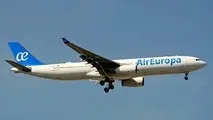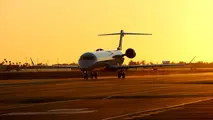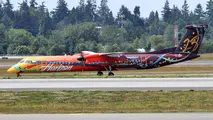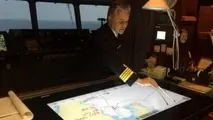The role of pilots in safe navigation
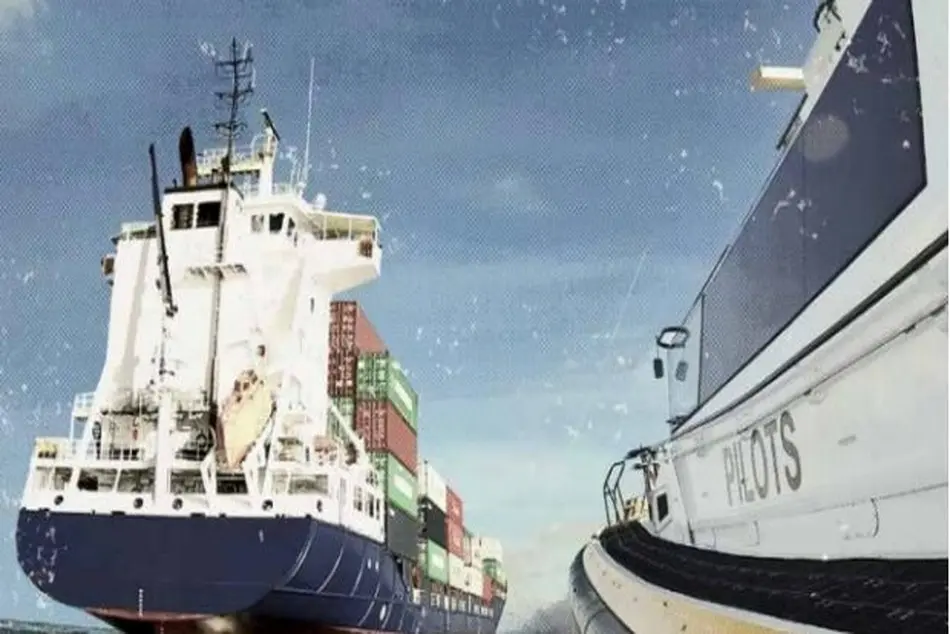
The latest issue of the Navigator, a free publication by The Nautical Institute in association with the Royal Institute of Navigation, explores what is involved in being and working with a Pilot.
As explained, pilotage is a specialist navigation activity that utilises skills far beyond those required by an Officer of the Watch (OOW), as identified in the IMO STCW Convention.
“Pilots bring on board a huge depth of knowledge regarding their area, and the most up-to-date information available about everything from shifting sandbars and weather patterns to construction, port traffic, tug characteristics and much more,” says David Patraiko, FNI Director of Projects, The Nautical Institute.
“On top of this, they have shiphandling skills that have been learned through years of apprenticeship with senior Pilots, and the experience that comes from manoeuvring ships in the most demanding environments, day in and day out.”
Namely, this issue of The Navigator explores what is involved in being – and working with – a Pilot:
1.Risk assessment
Most pilotage areas have an increased risk of groundings and collisions, which is why having a Pilot on board is mandatory. This is the time to be especially vigilant.
2. Teamwork
A Pilot does not replace a bridge team. In fact, they add to it. Don’t relax just because a Pilot is on board. Work with them and monitor what they do to improve safety together. Masters and bridge officers have a duty to support the Pilot and to ensure that their actions are monitored at all times (IMO Resolution A960, Annex 2, paragraph 2.3).
3. Shared understanding
Working with a Pilot will only be effective if you both have a shared understanding of the passage plan. As a Master or OOW, you should always know the intention of the next manoeuvre. If you don’t – ask.
4. Always aware
When you are in pilotage waters use all available means to be aware of traffic. As well as communicating with the Pilot, listen to the VHF and VTS exchanges taking place with your own vessel and others.
5. Visual clues
Pilots primarily use visual references for their situational awareness, both looking out the window and using Radar. These are good techniques for anyone to learn and practise.
6. Good seamanship
Pilots respect and rely on the crew practising good seamanship. This starts with the safe rigging of the Pilot ladder and continues with good watchkeeping practices.
7. Know your ship
Pilots rely on the ship’s crew to be constantly aware of their own vessel’s details and communicate them to the Pilot. This includes compass error, heading error, speed for RPMs, navigation system functionality, alarm management and Pilot Plug details.
8. Keep focused and carry on
It is tempting while under pilotage to become distracted by paperwork, commercial issues, personal issues, mobile phones or just being sociable. Stay focused; your safety relies on it.
9. Perfect PPU practice
Portable Pilot Units can be used to great effect, however they should be a tool to improve communication and check against the ship’s own equipment. Always show an interest and ask if anything is unclear.
10. Mentoring
As long as you don’t distract from the practice of safe navigation, watching and learning from Pilots is a great way of improving your own skills in navigation and shiphandling. Pilots can be a valuable information resource, so don’t be afraid to ask them to share what they know.
Find out more by reading the latest issue of The Navigator herebelow:
